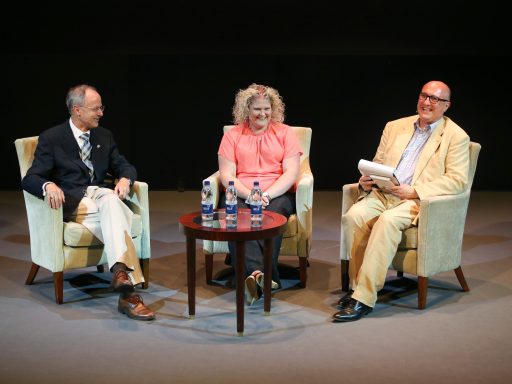
Roger Highfield, Director of External Affairs, celebrates the anniversary of the birth that changed reproductive science.

Roger Highfield, Director of External Affairs, celebrates the anniversary of the birth that changed reproductive science.
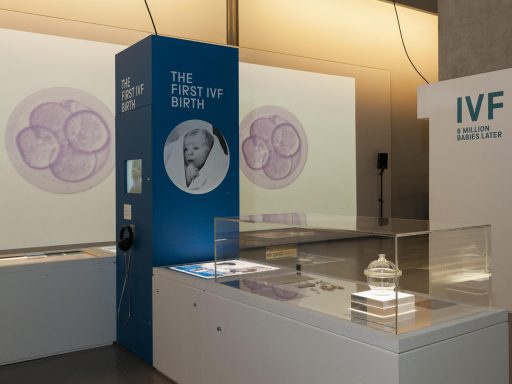
Today we celebrated the launch of our new exhibition IVF: 6 Million Babies Later.
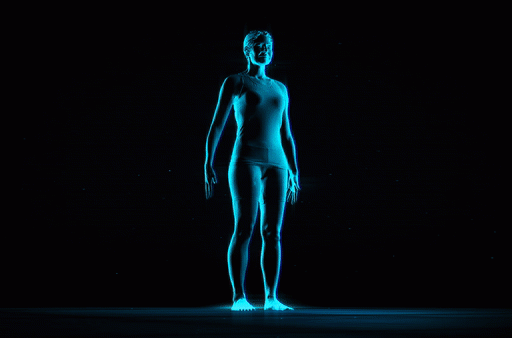
The museum’s Roger Highfield challenged Professor Alice Roberts to iron out the scars of human evolution for a new display. Here, the University of Birmingham anatomist describes her personal quest for perfection.
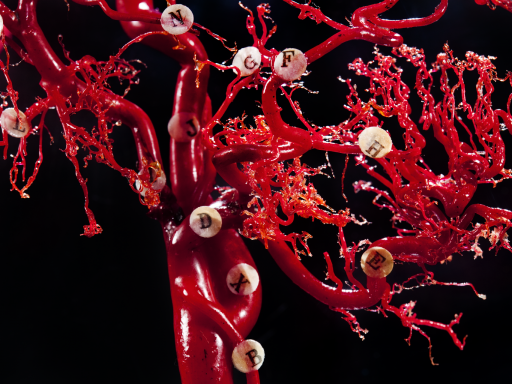
Dr Roger Highfield explains how when we fall asleep, we celebrate the way that most life on our planet is adapted to the rotation of the Earth, and the daily rise and fall of the Sun in the sky.
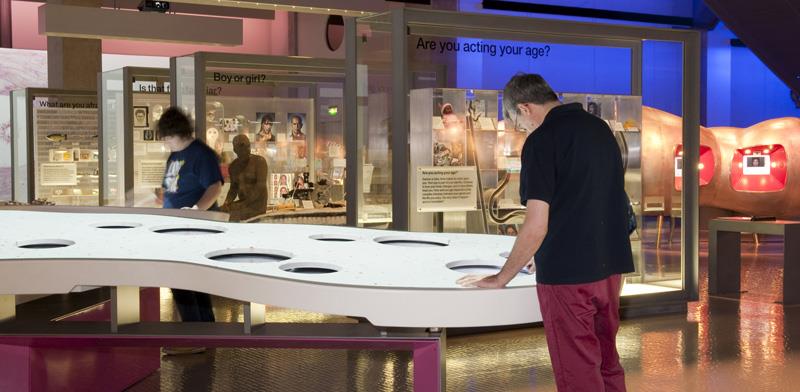
Creating exhibitions about cutting-edge science is a hard task for museums. We want to share the latest mind-blowing scientific discoveries and innovations with everyone who comes through our doors, but keeping things up-to-date isn’t always easy. Science moves fast but museums, by their nature, adopt a slower pace. Much of what we do best is to present world-changing ideas and inventions, often from a distant past when scientific instruments were beautifully crafted in mahogany and brass. When it comes […]
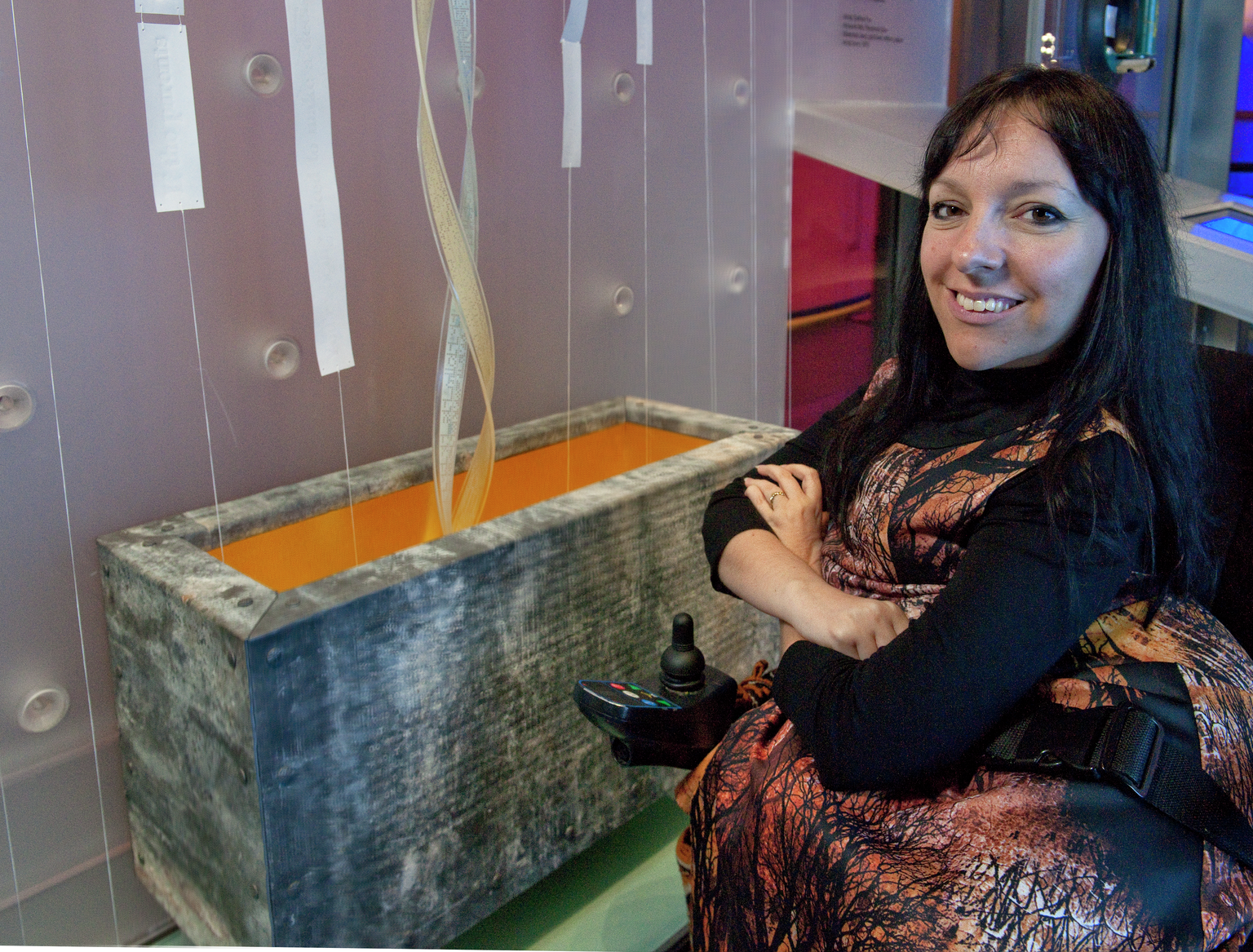
Artist Esther Fox explores the ethical challenges associated with pre-natal genetic screening in a new piece of art now on display in the Museum.

We are prosocial for many reasons, but does does age affect this behaviour. Researcher Lucy Foulkes explains more.
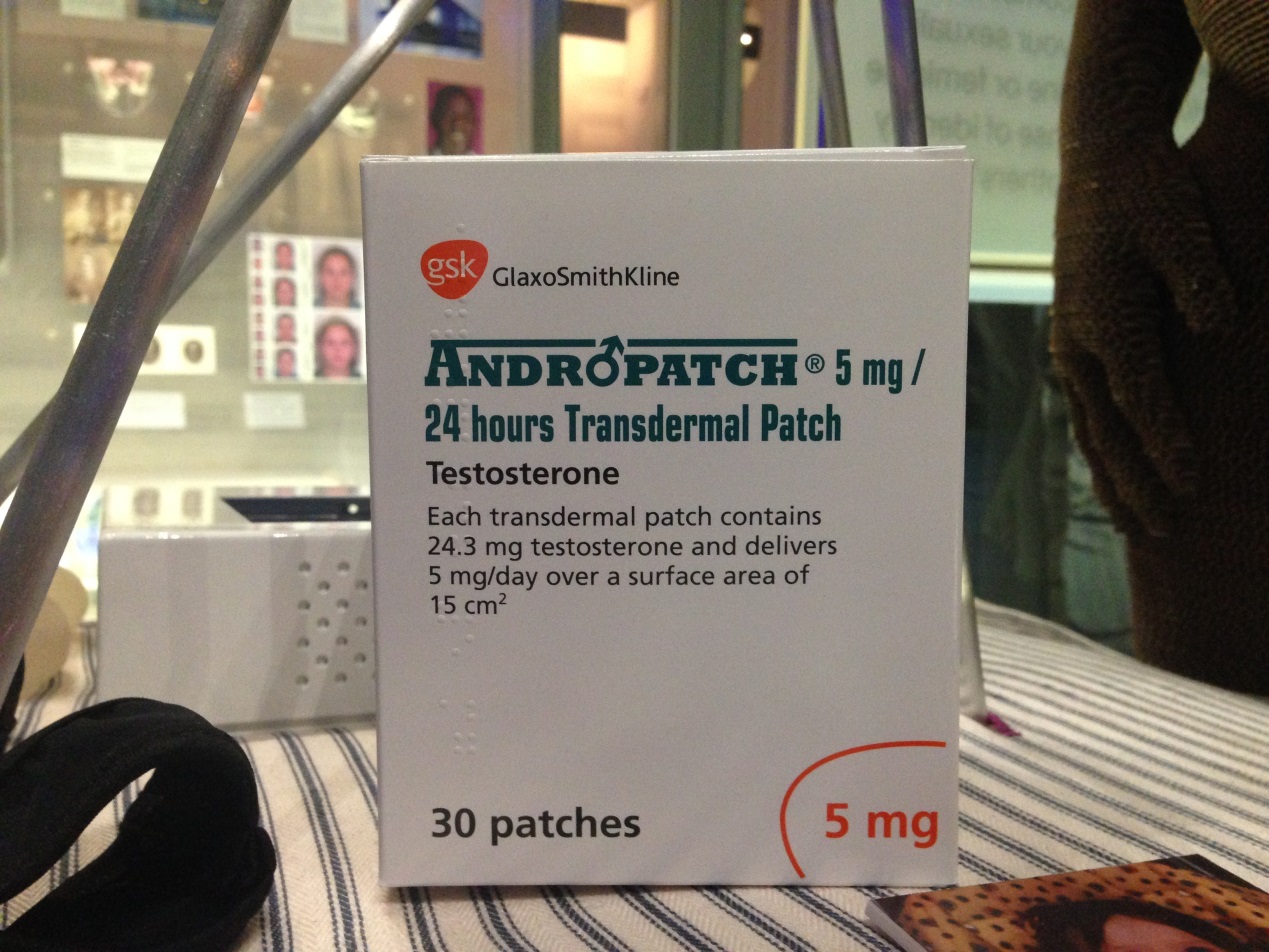
Discover the story of the Andropatch in our Wonderful Things blog series.
Emilie Brotherhood reports on the latest in our series of Live Science research residencies. Look at this picture – how old are the people sitting at the table? Did you look at the children’s faces? You might have noticed the girl’s boots raised off the floor. The faces and the boots are the biggest clues to the children’s age. From these clues, you would see that they are young. On the other hand, if we asked you to tell us […]
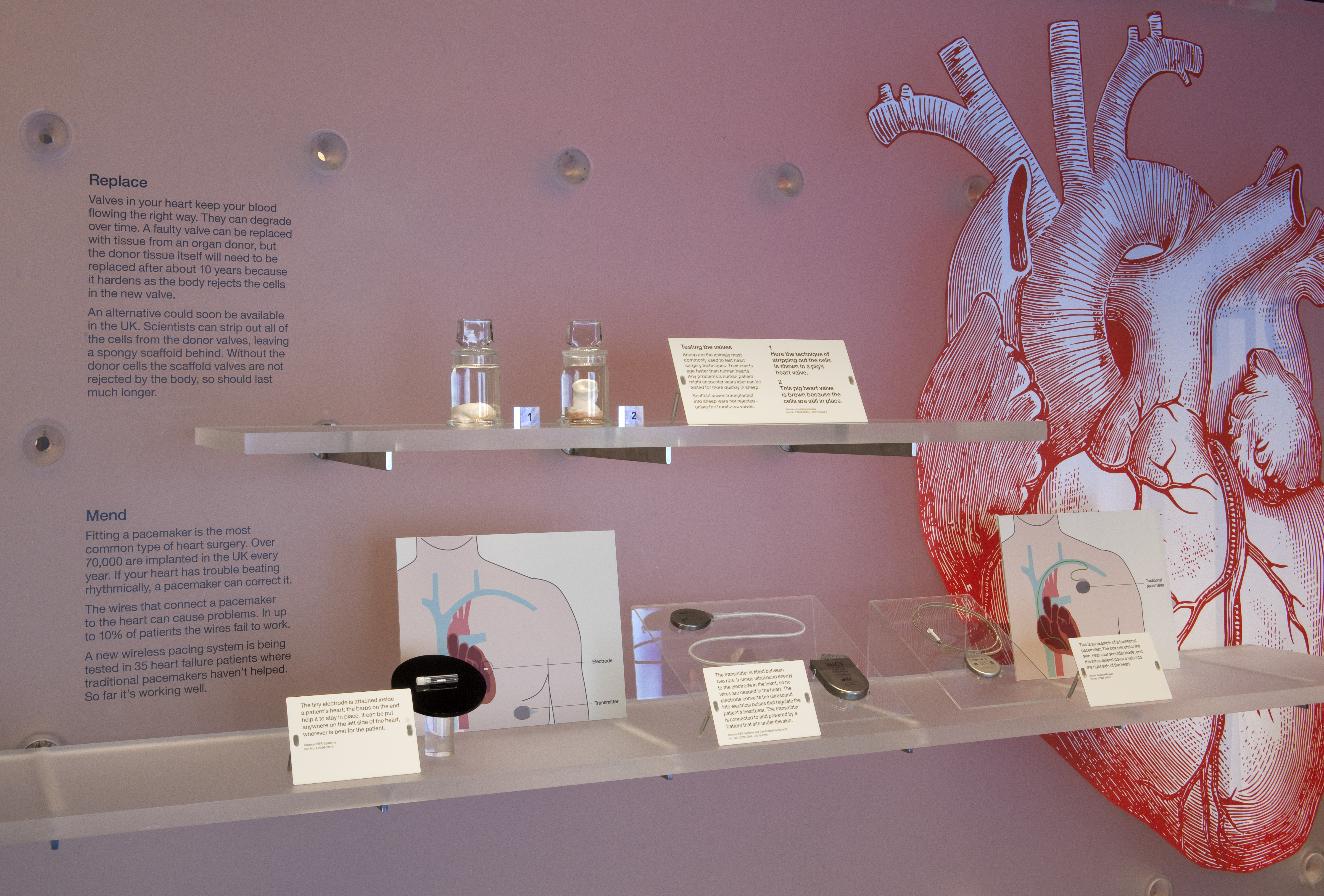
A new display, How to mend a broken heart, explores how 3D printing can help heart surgery. Heart surgeon David Anderson explains more.
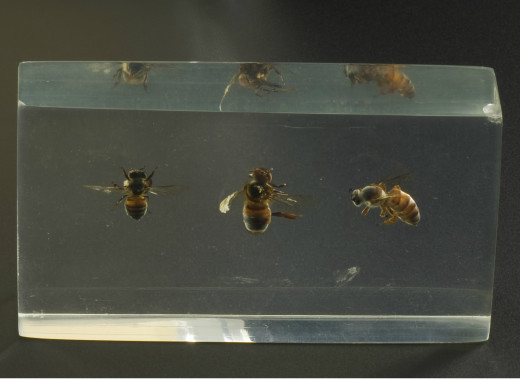
Bees support plant life, dance to communicate, and are incredibly organised workers. They also have fascinating genes. Laura De Palma explains more.
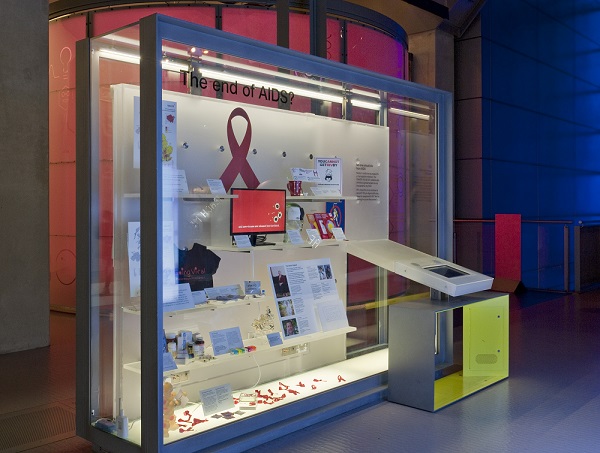
December 1st 2014 marks the 26th World AIDS Day. The UNAIDS ‘90-90-90’ initiative sets ambitious global targets to end the epidemic by 2030. So how far have we come since the epidemic gained global attention in the 1980s? Here at the Science Museum we decided to explore this question with our new exhibit – The end of AIDS? The focal point of the exhibit is an animation called ‘Growing up with HIV’. It was created in collaboration with an inspiring group […]